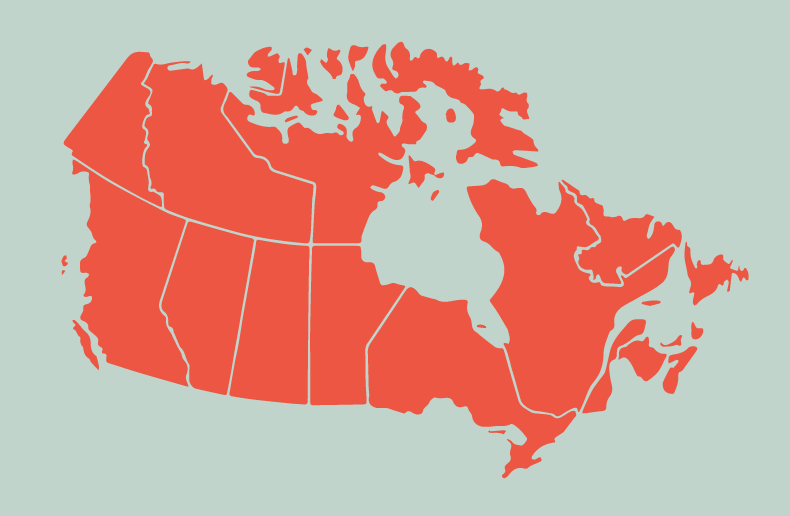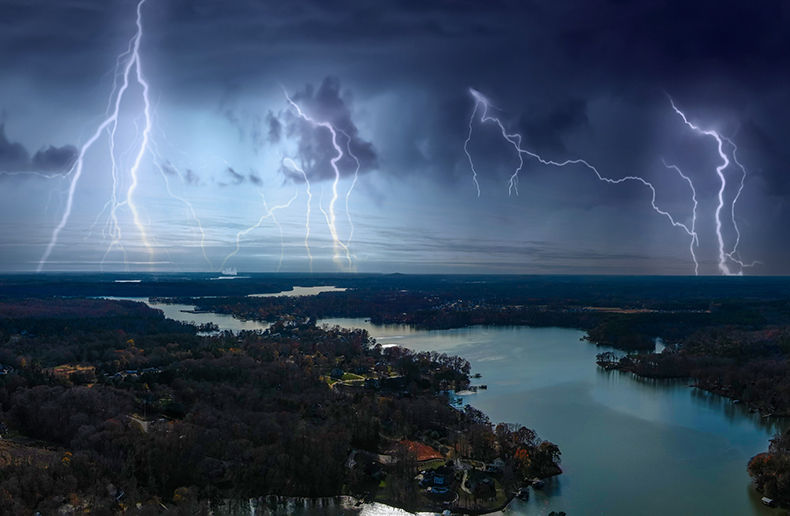Canada will soon have a national flood insurance program. Insurers are hoping to see a solution to one main problem: How to provide insurance to properties in high-risk flood areas.
Jordan Brennan is Vice President of Policy Development at Insurance Bureau of Canada (IBC). He was a member of the task force that produced the report on flood insurance and relocation in Canada. He discussed the expected outcome of the report with Insurance Portal.
The report was released on August 30 by federal Minister of Emergency Preparedness Bill Blair. Amy Graham of Swiss Re was the other insurer representative on the task force.
“It’s a young market, but there’s a functioning market for low and medium risk properties. Insurance is already available to customers and it’s affordable,” Brennan points out.
For now, the flood risk product is underused by policyholders. “That’s the case with any product category, not everyone is buying every product that’s offered,” he says.
The current market does not provide coverage for properties in high-risk areas. “There is a certain percentage of households who either do not have access to insurance because their home was built in flood plains…or they are offered insurance, but it’s quite expensive and they don’t purchase it,” Brennan explains.
Additional measures
To be able to insure high-risk properties as well, the IBC has one main solution: The risk pool. Among other measures, a public risk-facing portal could provide specific information based on the property’s address. “So, people can see where their flood risk actually is and make their decisions on the basis of that, and mitigate their risk,” he says.
Canada needs to improve its land-use planning and building codes, and invest more in flood prevention, Brennan continues.
The report states that, regardless of the model chosen, the program must last at least 25 years. “Eventually the pools winds down because the risk is mitigated and all the people in the pool can access available and affordable insurance in a private market,” he adds.
Uneven risk distribution
Quebec, Ontario and British Columbia have the largest absolute number of properties in high-risk areas. Might residents of less densely populated provinces chafe at being charged a fee to pay for other Canadians’ flood risk?
“Most, if not all provinces and territories are going to have flooding events during the next year. Yes, it’s unevenly distributed, but it’s common,” Brennan says.
Unlike the case of flooding, a national program on earthquake insurance is a hard sell because the risk is concentrated in two areas of the country, he adds.
Incentives for provincial and municipal governments would be required. “Think about the setback Ottawa has seen on its carbon-emission program from emission intensive areas of the country. It’s a real challenge. That’s what living in a federal democracy entails,” he adds.
Everyone pays
Risk pooling is an underlying principle of insurance, Brennan continues. The national program will need to include a review of all the assistance programs that each level of government supports. Such programs’ funding is tax based, he points out.
In the mandate letter remitted by Prime Minister Trudeau on December 16, 2021, Minister Blair was tasked with “creating a low-cost national flood insurance program to protect homeowners who are at high risk of flooding and do not have adequate insurance protection.”
In releasing the report, Public Safety Canada noted that Canadians living in high-risk areas where flood insurance is not available are currently eligible for federal “Disaster Financial Assistance Arrangements,” the terms of which are set by the provinces and territories.
Harmonization
The report underlines the need for a harmonized definition of flood risk in insurance contracts. Targeting high-risk areas through unified flood mapping is another key component of a national program.
Insurers have reached a consensus on the need for an integrated risk map. Even so, “you can imagine some resistance, because insurance companies compete with each other on risk identification and risk pricing. So that’s not their first choice, but they see that’s something that will facilitate the market as a whole and the problem that we are trying to solve,” the IBC VP says.
Relocation
A very small number of properties will need to be relocated: Insurance is not a viable solution.
Insurers are letting governments tackle this matter; the industry has not made specific recommendations in this area, Brennan says.
“We just said that to get the risk pool affordable over time, you can’t necessarily include every single property in the ultra-high risk category, because it’s just too expensive. They will be flooded repeatedly at a maximum level, not every year. They have to be part of a separate program,” he continues.
Big effort
Jordan Brennan says he is proud of the task force’s report. “The task force itself was about 18 months duration, but we had worked on our ideas for a year or two beforehand,” he points out.
Insurers didn’t want to show up with a blank piece of paper and explain solutions. “We are very pleased with the outcome, the report itself. Our proposal is reflected in the report, although not perfectly,” he adds.
Based on the signals he is getting from Ottawa, Brennan is confident Canada will get a national flood control program. But the shape it takes remains to be seen.
“Public Safety Canada has options now. This statement of fact looked at four different models and examined the tradeoffs between them,” he explains.
Insurers are grateful for the opportunity to participate in the task force, Jordan Brennan says, adding that the Public Safety Canada experts who oversaw the work have been very professional.
Follow-up in Ottawa
Insurance Portal asked Public Safety Canada about the next steps to follow up on the report and launch the national program. Minister Blair’s Director of Communications, Annie Cullinan, replied via email: “Climate change is having a significant impact on the frequency and severity of natural disasters and extreme weather events in Canada. While we work to address the root causes, we are also focused on supporting communities as they build back and address the vulnerabilities that exist.”
“The Task Force on Flood Insurance and Relocation was tasked with establishing a set of viable options for a national flood insurance program in Canada, and considerations for potential relocation of homes most at risk of repeat flooding,” she adds.
The department is currently reviewing the report prior to developing the flood insurance program. “This will require continued coordination and commitment from each stakeholder to exercise their jurisdictional role in bringing an insurance solution to fruition,” says Cullinan. The federal government aims to reach a decision on how to proceed with developing the national flood insurance program by the end of 2022, and will continue to help Canadians whose jobs and lives are affected when disasters strike, she says.







